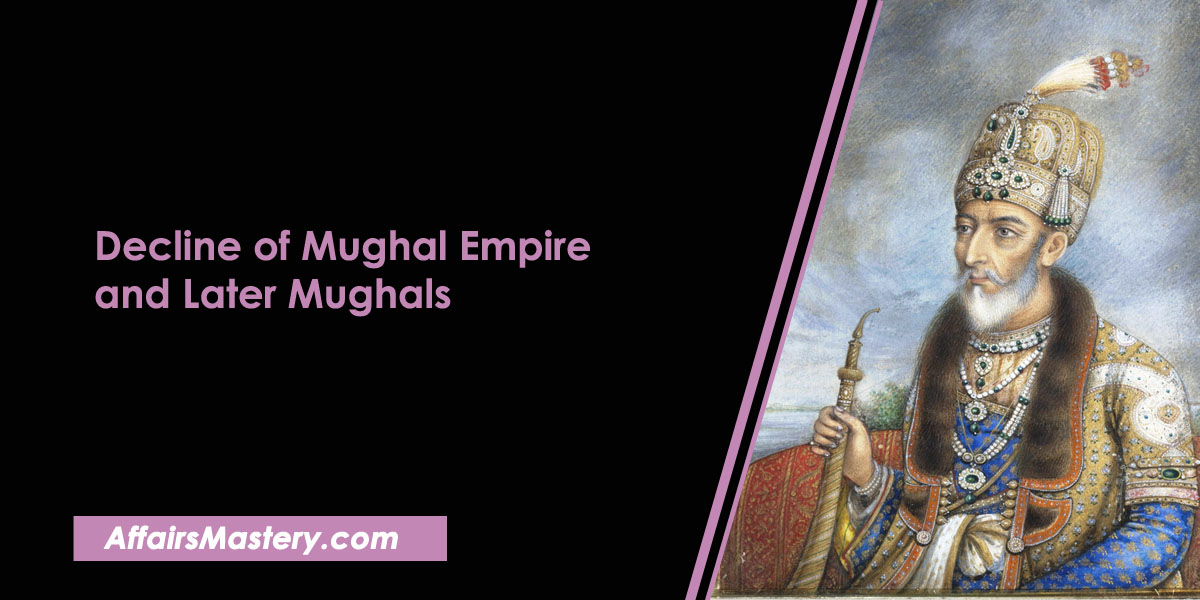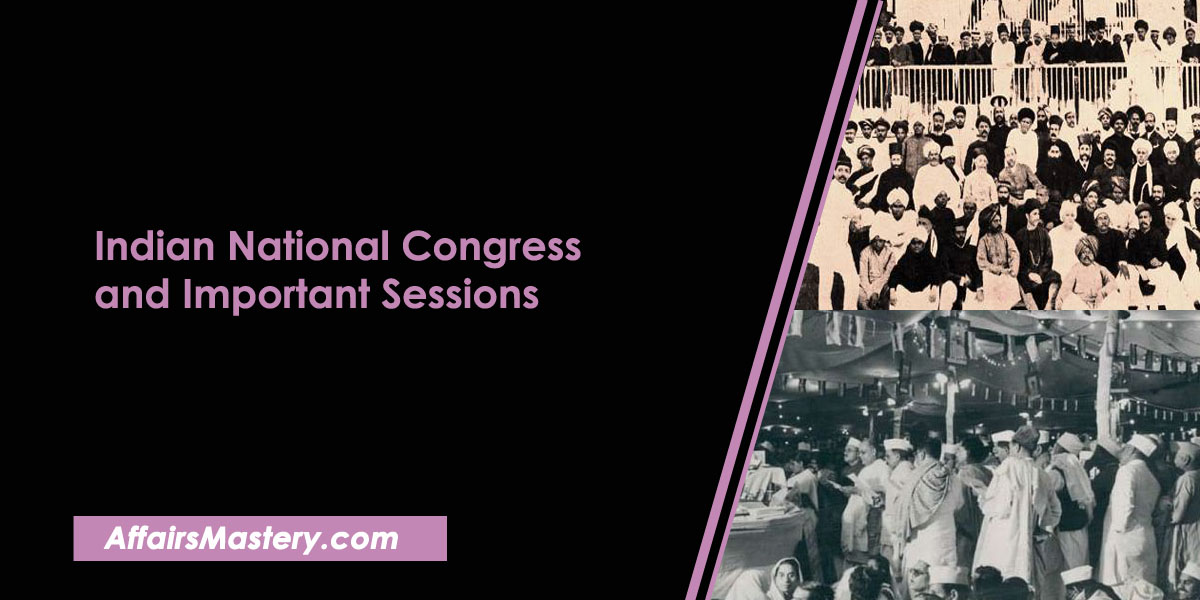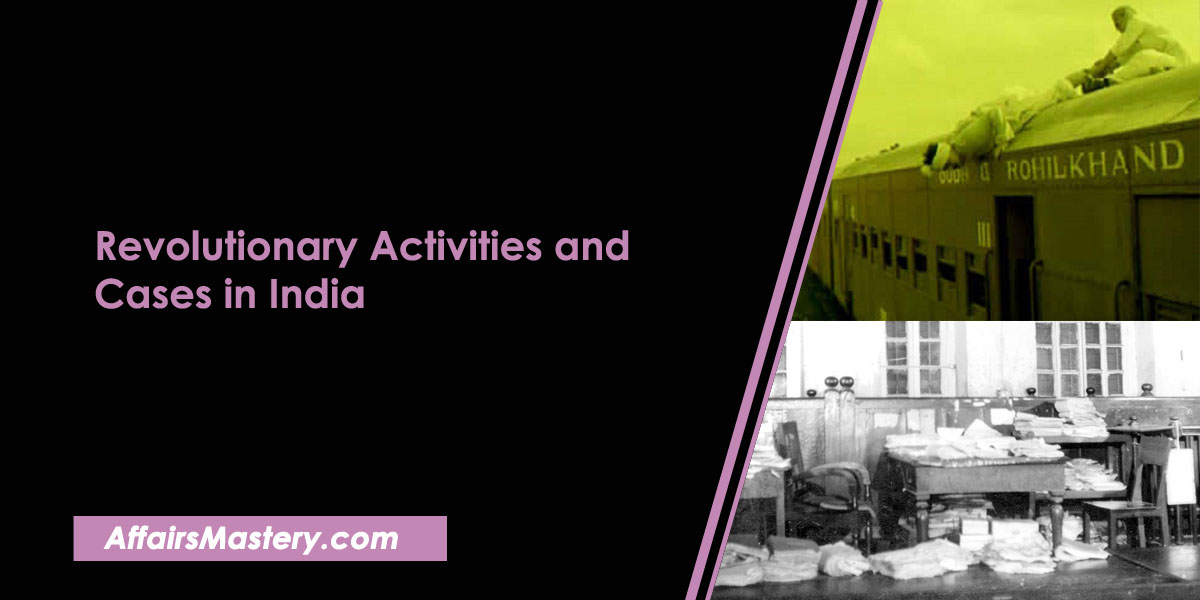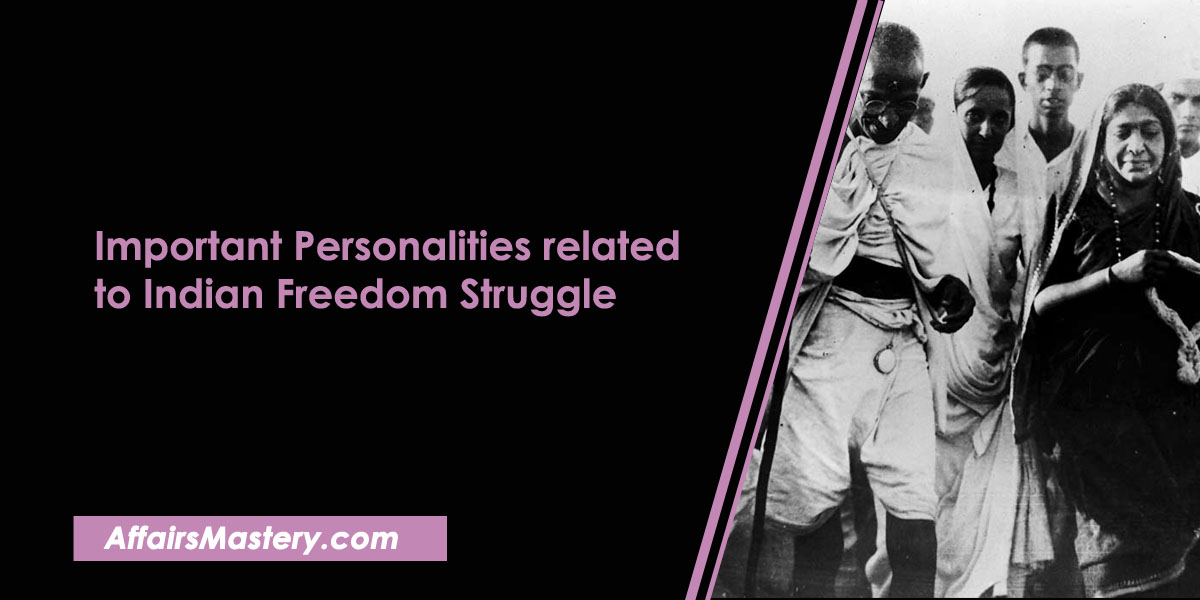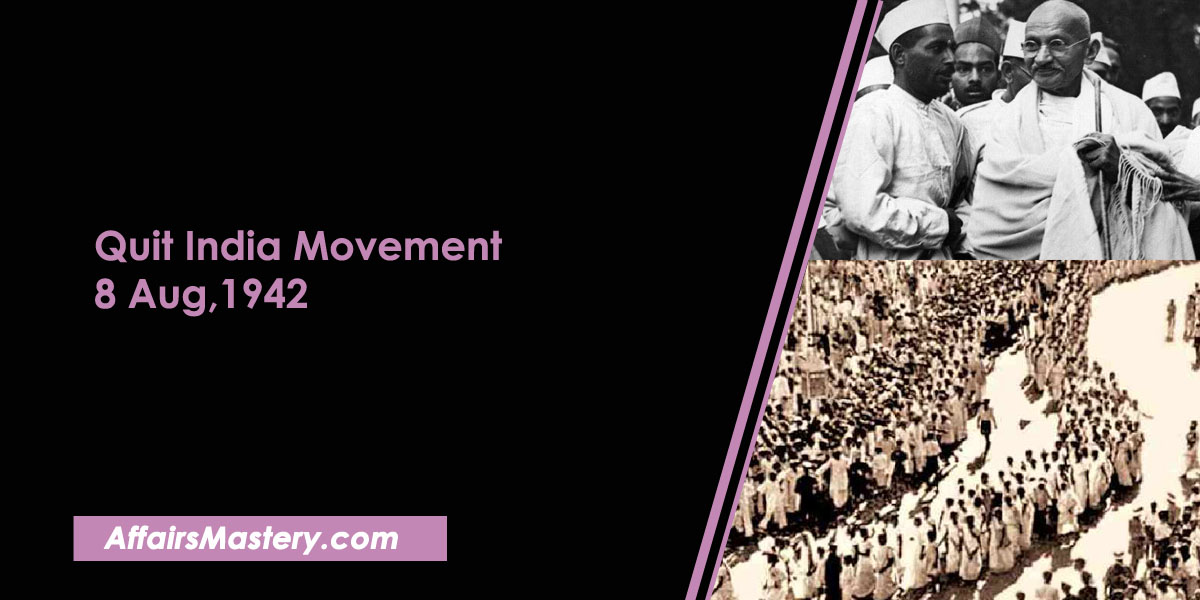C. Rajagopalachari – Important Short Notes for Exams
C. Rajagopalachari was the only Indian and the last Governor General of Independent India. Many Important reforms and events occurred in his time. He had a great participation in Indian modern history. Topic is useful for UPSC, State exams and other exams and for general knowledge.
About
- Chakravarti Rajagopalachari(1878-1972), BR(Bharat Ratna), was an Indian Statesman, writer, lawyer, and independence activist who was popularly known as Rajaji, C.R. and Mootharignar Rajaji.
- His father was the munsiff of Thorapalli Village, a position that held great power and influence in the community.
- He was a part of the Srivaishnava sect, which is an ancient Hindu tradition that follows Vishnu as its primary deity.
- In 1894, Rajagopalachari graduated in Arts from Central College, Bangalore and then went on to study law at the Presidency College, Madras where he successfully completed his degree in 1897.
- At the age of 28, he decided to join the Indian National Congress and was a delegate in their 1906 Calcutta session.
Events during his time
- In 1917, C.R. was elected as the chairman of the municipality and held this position from 1917 to 1919. During his tenure, he was responsible for the election of the first Dalit member to be part of Salem municipality.
- C.R. participated in the protests and demonstrations against the Rowlatt Act, which was a law that restricted civil liberties during British rule of India.
- Annie Besant, Subramania Bharati and C. Vijayaraghavachariar were all admired C. Rajagopalachari.
- He became the follower of Mahatma Gandhi in 1919 during Indian Independence Movement and participated in the Non-Cooperation Movement.
- C.R. was elected to the Congress Working Committee and served as a General Secretary of the party in 1921.
- He led the group of “No Changers” against “Pro Changers” who advocated council entry.
- He was the member of the Civil Disobedience enquiry committee and also involved in Vaikom Satyagraha in 1924-25 against Untouchability.
- During the Dandi march in 1930, he broke the salt laws at Vedaranyam. He was given a six-month jail sentence and sent to Trichinopoly Central Prison.
- At a remarkable age of 59, Rajagopalachari won the Madras University seat and remarkably became the first Premier of the Madras Presidency from Congress party.
- He introduced the Temple Entry Authorization and Indemnity Act in which restrictions were removed for Dalits and Shanars for entering temples.
- Also introduced the Agricultural Debt Relief Act to make the easy life of farmers and peasants.
- Rajagopalachari’s term as the Chief Minister of Madras is mostly remembered for his decision to make Hindi mandatory in educational institutions, a move which unfortunately made him very unpopular with many people
- C.R. was also against the Quit India Movement. He believed taking action was necessary in order for India to protect itself from harm.
- Rajagopalachari was incredibly important in initiating the negotiations between Mahatma Gandhi and Muhammad Ali Jinnah. His efforts were instrumental in bringing about a peaceful resolution to this difficult situation.
- He was open to discussions with both Muhammad Ali Jinnah and the Muslim League, proposing a plan that eventually became known as the C. R. formula which provided an effective solution for resolving their differences in opinion.
- From 1946 to 1947, Rajagopalachari served as the Minister for Industry, Supply, Education and Finance in Jawaharlal Nehru’s Interim Government. He was responsible for overseeing a wide range of important tasks.
- In 1947, Jawaharlal Nehru appointed his political advisor Chakravarthi Rajagopalachari as the first Governor of West Bengal.
- For a brief period of time in November 1947, he was appointed as the Acting Governor-General of India while Lord Mountbatten was away for his marriage.
- Lord Mountbatten chose Vallabhbhai Patel as his first choice to succeed him when he was set to leave India in June 1948, and Rajagopalachari as the second option.
- After Jawaharlal Nehru disagreed with Lord Mountbatten’s initial choice for governor-general, Rajagopalachari was eventually selected as the most suitable candidate.
- From June 1948 to 26 January 1950, he served as India’s Governor-General.
- C.R. was elected to the Constituent Assembly of India from Madras and he served on both the Advisory Committee as well as Sub-Committee on Minorities.
- At Jawaharlal Nehru’s invitation in 1950, C. Rajagopalachari joined the Union Cabinet as Minister without Portfolio to contribute his expertise and serve as a mediator between Jawaharlal Nehru and Home Minister Sardar Patel, helping to bridge the gap between their differing opinions in order to create an effective government.
- After the unfortunate passing of Patel on 15 December 1950, Rajagopalachari was appointed Home Affairs Minister and served in that role for almost 10 months.
- Rajagopalachari was a remarkable leader who founded the Swatantra Party and one of the first recipients to receive India’s highest civilian award – The Bharat Ratna.
- Mahatma Gandhi famously described Rajagopalachari as the “keeper of my conscience“, indicating his immense respect for him and highlighting how much he trusted in his judgement.
- He died on 25 December 1972 at the age of 94.
If you find our content helpful and interesting, please consider joining us on Telegram @affairsmastery to show your support. We would really appreciate it!
Related articles
- Important Battles in Indian History
- Important treaties in Indian history
- List of Foreign Travellers who came to India
- List of Governor General of India and Viceroy of India
- Robert Clive – Important Short Notes for Exams
- Warren Hastings – Important Short Notes for Exams
- Lord William Bentinck – Important Short Notes for Exams
- Lord Canning – Important Short Notes for Exams
- Lord Mountbatten – Important Short Notes for Exams
- Lord Wavell – Important Short Notes for Exams
- Lord Linlithgow – Important Short Notes for Exams
- Lord Willingdon – Important Short Notes for Exams
- Non Cooperation Movement (1919-1922)
- Important Personalities related to Social Movements of India
- List of Important Personalities of Indian Freedom Struggle
- List of Important Books on Revolt of 1857 and their Author
- Important Leaders of 1857 Revolt and their places
- Constituent Assembly of India and its Composition: Important Short Notes
- Important Tribal Movements in India
- Direct Action Day 1946: Important Short Notes for Exams
- Interim Government of India, 1946 and its members
- Important Socio Religious Reform Movements in India – Short Notes
- Khilafat Movement (1919-1924) – Important Short Notes for exams
- Lucknow Pact, 1916 – About, Features, Outcome (Important Short Notes)
- C R Formula or Rajaji Formula, 1944 – About, Main Points (Important Short Notes)
- Wavell Plan, 1945 – About, Main Points (Important Short Notes)

